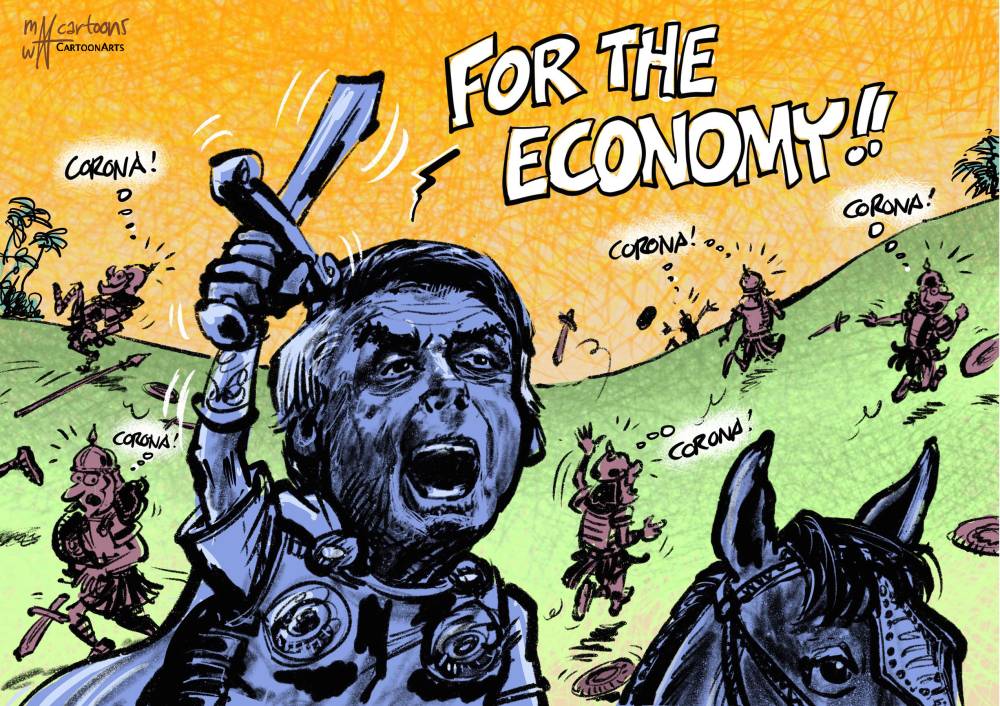On Feb. 29, the state of Washington announced a death resulting from the new coronavirus, the first such case in the United States. In the time that has passed since then, the virus has spread to every state in the union and has infected over 160,000 patients, resulting in more than 3,000 deaths. On March 13, a national state of emergency was declared, numerous stores and restaurants were closed, and some governors and mayors have invoked “lockdown” orders, calling on residents to stay at home to minimize the risk of further spreading the virus.
In early March, when Americans were asked, “How concerned are you about a coronavirus outbreak in your local area?” more than 40 percent of Republicans replied that they were “not concerned at all,” whereas fewer than 5 percent of Democrats agreed. But by March 21, the Republican response showed a sharp drop to 18 percent, and the Democratic response fell to 2 percent. The 35 percent gap in early March between Republicans and Democrats reflects the partisan divide that separates the two parties. But the sharp decline in Republican responses over a three-week period from 40 percent to 18 percent, shrinking the gap from 35 percent to 16 percent, may indicate that the two sides are headed toward a common understanding of the crisis.
Why has there been such a gap in threat perception between Republicans and Democrats? The first reason is that leaders were communicating conflicting messages to the public. Although U.S. intelligence agencies had briefed U.S. President Trump in early January about the outbreak of the coronavirus in China and the potential it had for a pandemic spreading globally, it took more than a month for him to take the issue seriously enough to come to the conclusion that declaring a national emergency was warranted. As late as Feb. 27, Trump declared, “You have 15 people, and the 15 within a couple of days is going to be close to zero.”



















With your current subscription plan you can comment on stories. However, before writing your first comment, please create a display name in the Profile section of your subscriber account page.